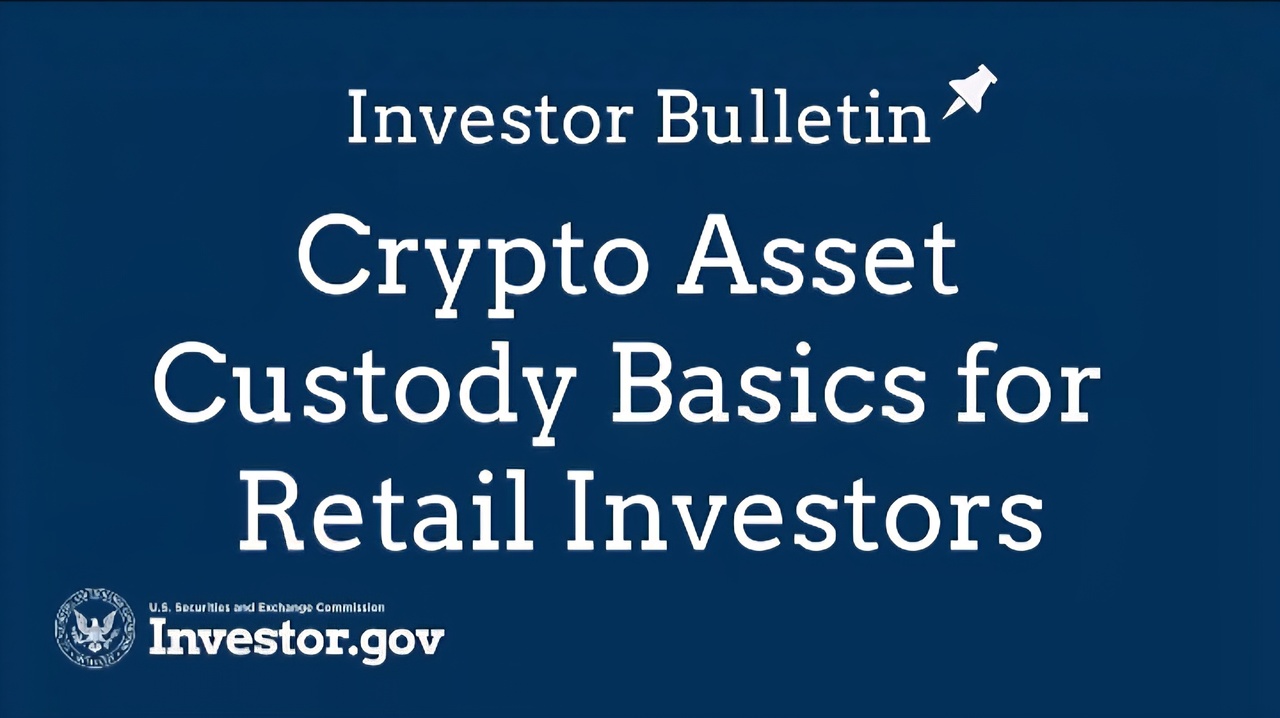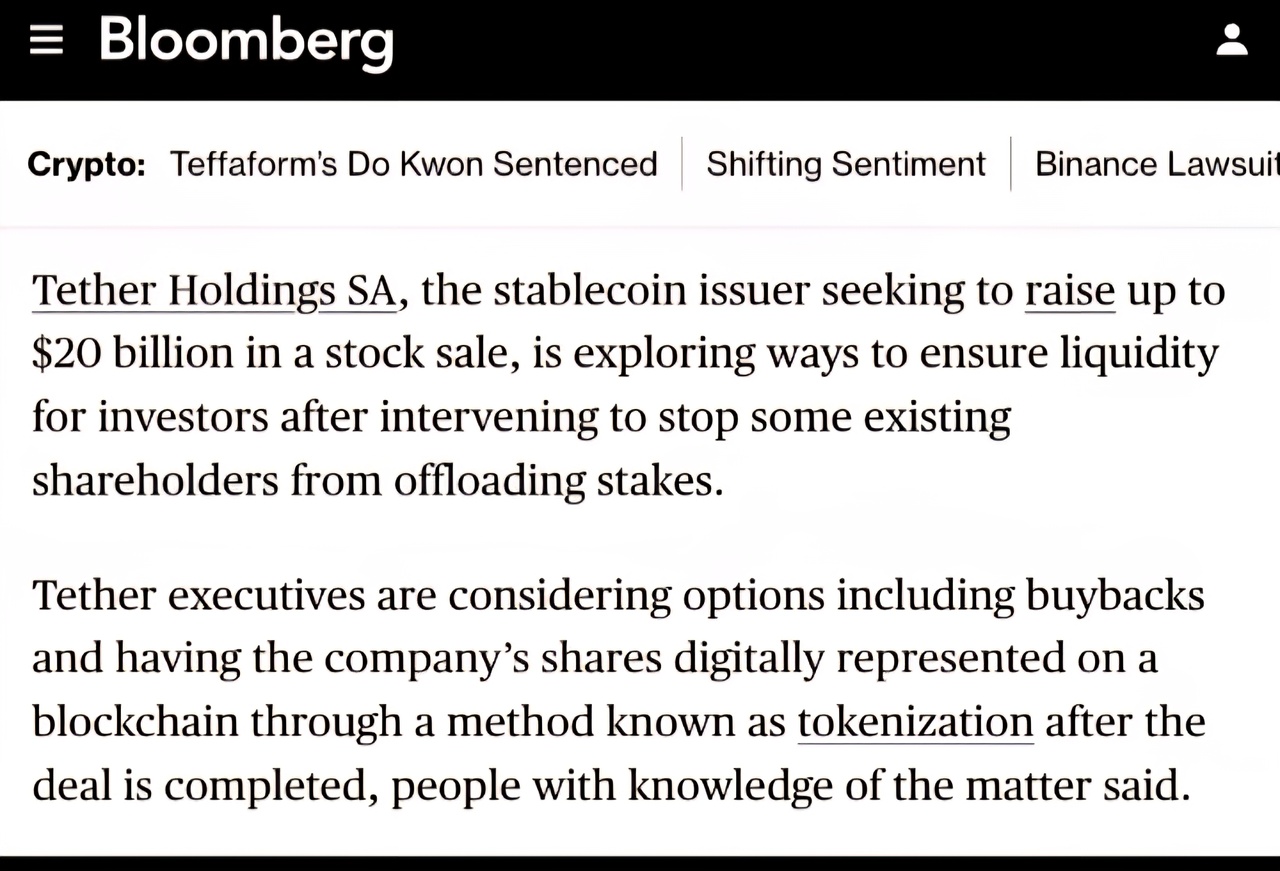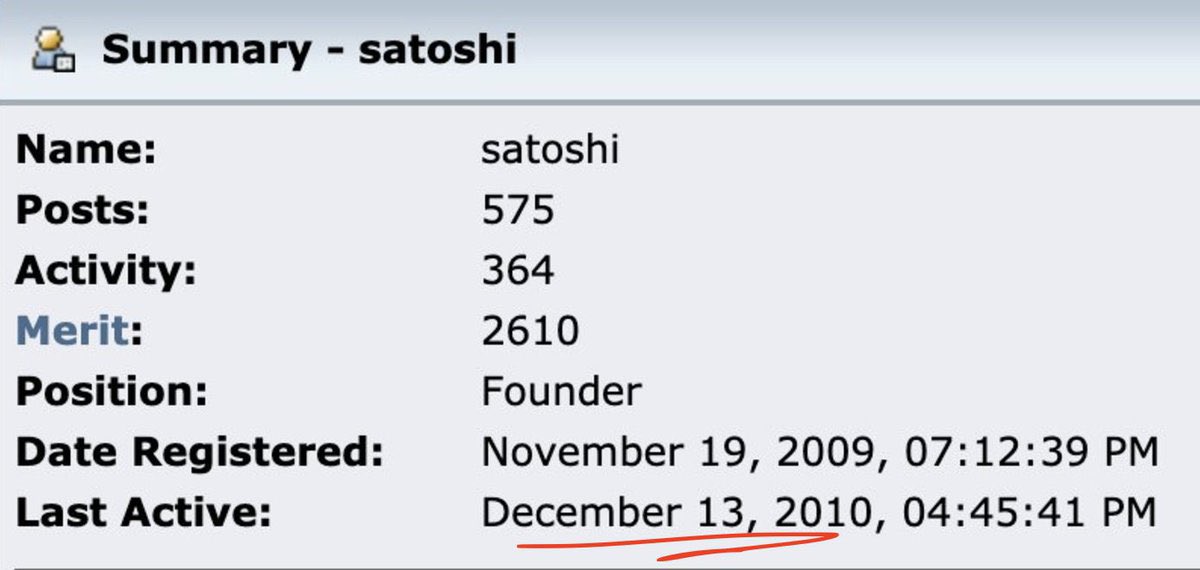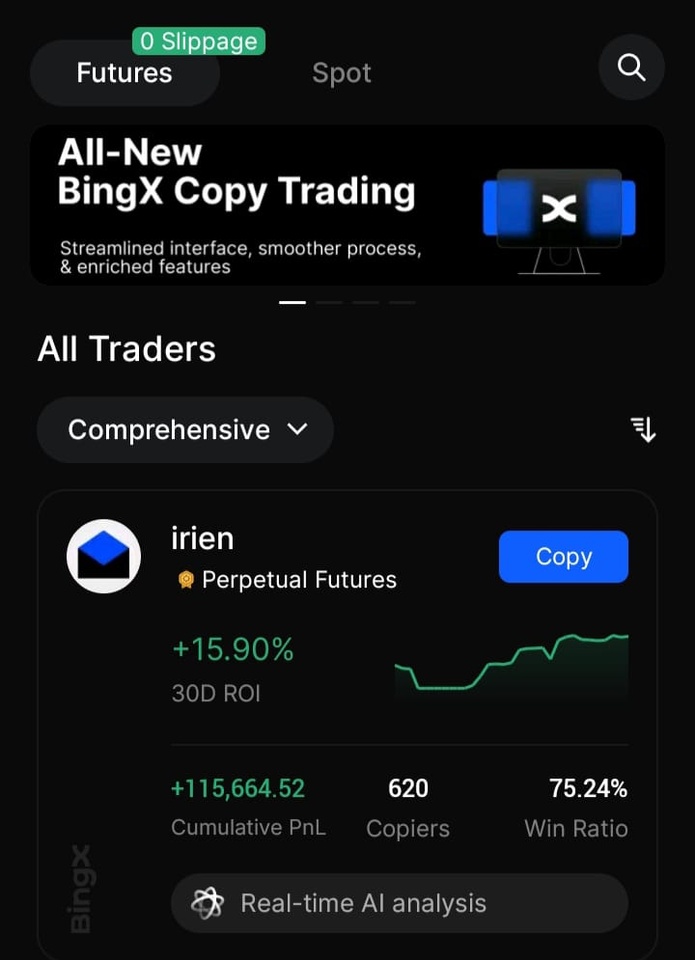Who needs a link and wants to support me for the full Bitcoin (you get 50€ in BTc for free) 👀🐒
Discussione su BTC
Messaggi
3366When Crypto Gets Defined, Trading Gets Interesting
Once regulators begin explaining how crypto works instead of questioning why it exists, the narrative changes. The SEC’s custody guidance suggests a market preparing for longevity, not experimentation.
At the same time, the $XU3O8 (+0,09%) Listing Carnival provides a live environment to trade within that evolving reality, offering structured tasks, shared rewards, and a countdown-driven timeline.
As definition replaces ambiguity and listings meet momentum, the question remains: how will you engage with this next chapter of crypto markets?
$BTC (-0,23%)
$ETH (-0,3%)
#crypto
#tech


CapsoVision - Share price growth
$CV The share price has risen by over 100% recently, boosted by the third quarter results and news of the FDA approval application. Given the strong technical indicators, the rally could continue to +15 US dollars.
#stockanalysis
#etfs
#crypto
#tech
#dividends
#nasdaq
#nyse
#dax
#deutschland
#aktien
#aktie
$NOVO B (-0,2%)
$ONDS (-2,67%)
$BTC (-0,23%)
$ETH (-0,3%)
Corporate Value, Rewritten: The Rise of Programmable Equity
Tether considering the tokenization of its own equity at a valuation approaching half a trillion dollars shows just how far blockchain has moved from the edges of finance to its core.
If enacted, it would transform a portion of corporate ownership into liquid, programmable units.
This step could shift expectations for transparency, accessibility, and liquidity in ways traditional stock markets cannot yet match.
Even as Tether explores this frontier, traders will need frameworks capable of interpreting and navigating token-based corporate assets an area where BingX has been building with its expanding AI initiatives.
If corporate ownership becomes programmable, how will you adjust your approach to investing?
$BTC (-0,23%)
$ETH (-0,3%)
#crypto
#stockanalysis


15 Years After Satoshi’s Final Message: The Network That Never Logged Off
Fifteen years ago, Satoshi Nakamoto typed a final message, closed the forum window, and stepped permanently out of sight.
That quiet farewell ignited one of the most powerful technological movements of the century.
$BTC (-0,23%) kept running. The blocks kept flowing. And a global ecosystem emerged from a single anonymous exit.
Satoshi left no goodbye tour, no interview, no victory speech only code, a whitepaper, and a monetary alternative that now sits at the center of modern finance.
Fifteen years later, the creator is gone, but the creation has never been louder.
Bitcoin influences governments, reshapes industries, powers entire markets, and continues expanding far beyond its cypherpunk origins.
Which leads to the question the world still can’t ignore:
What do you think Satoshi envisioned for Bitcoin’s future beyond this moment?

Which core for 21 year olds?
Hello dear community,
I currently need to make a major investment decision. I would like to keep the money invested until I retire in 45-50 years.
Overall, the core should make up 30-40% of my portfolio.
As I am still unsure, I have only invested a "small" part in the $VWCE (-1,16%) only once. Opportunity costs and all that...
After sleeping on it for a few days, the thought occurred to me that I should invest in somewhat more aggressive ETFs.
The following came to mind:
I will also diversify further with 20% $BTC (-0,23%) and possibly some gold.
A little hype stocks (e.g: $IREN (-9,32%) , $ATAI (-3,18%) ) from time to time - otherwise where's the fun in that?
So the real question again:
Which core can you recommend to me?
More risk because of the long investment horizon?
Or do you have cheaper alternatives?
What do you think about leveraged ETFs because of the investment horizon?
And do you have any other tips for me outside of deciding on the core?
Thank you all very much! :)
A New Lens on Bitcoin and a New Era for Trading
When Nvidia’s $4.46T CEO described Bitcoin as stored energy that can move across borders, he reframed the asset as a global energy carrier rather than a point of controversy. It becomes a tool for transferring value through preserved power, redefining both its purpose and potential.
Simultaneously, BingX is transforming user participation with Copy Trading 2.0, a system engineered for clarity and smarter decision-making. With an enhanced interface, deeper analytics, and extensive trader flexibility, the platform has reached extraordinary milestones, from massive quarterly volume to a thriving community of elite traders.
With industry leaders reshaping narratives and platforms like BingX elevating access, where do you see your role in this unfolding landscape?
$NVDA (-3,26%)
$BTC (-0,23%)
#crypto
#stockanalysis
#tech


I think I need to sell my NVIDIA shares ...













